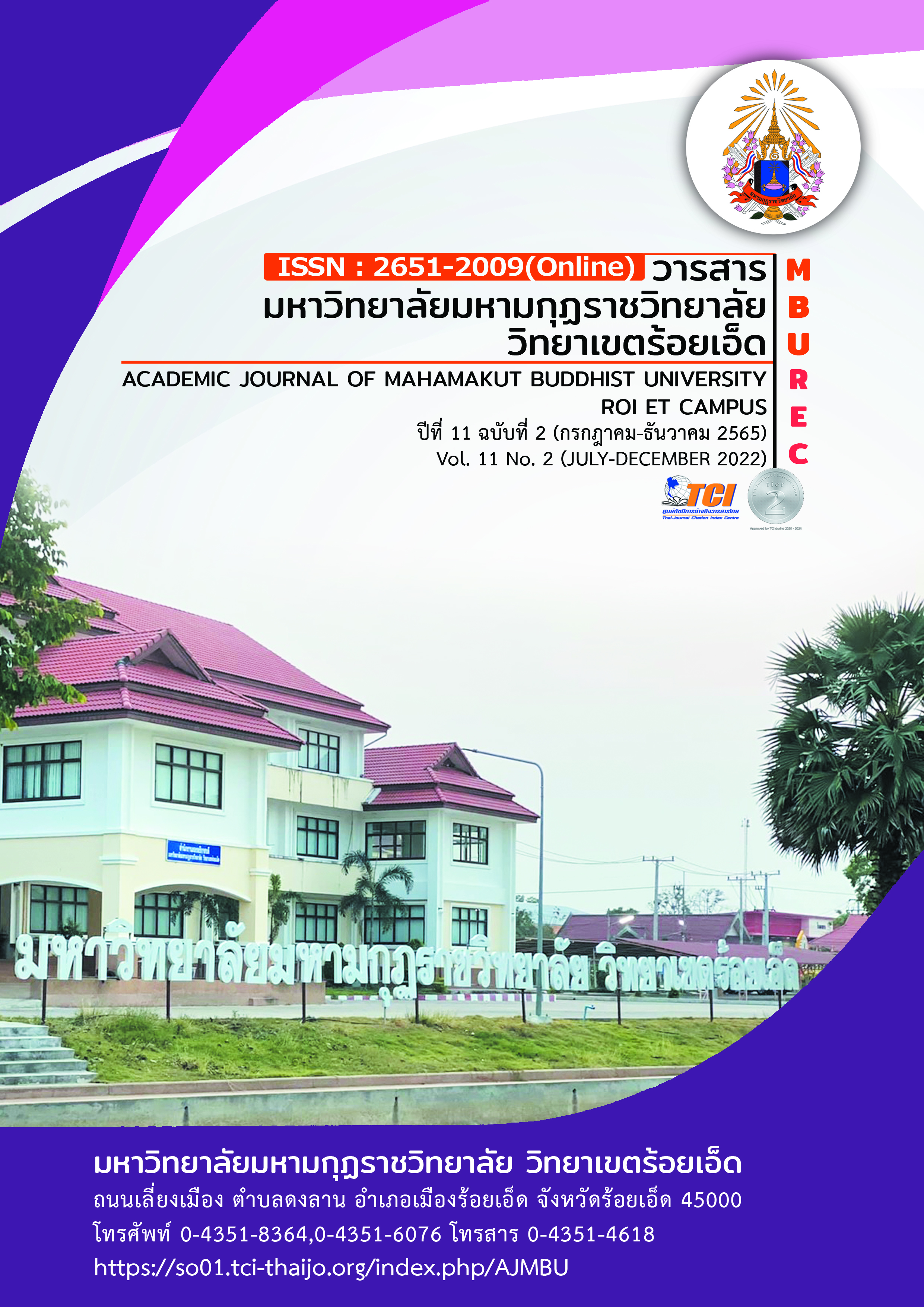THE TRANSMISSION OF DAZHOU FOLK SONG FROM FOLK PHILOSOPHY IN DAZHOU CITY, SICHUAN PROVINCE, CHINA
Main Article Content
บทคัดย่อ
The objectives of the research article were 1) to study the transmission and collect information about Dazhou folk song from artists and procession of teaching Dazhou folk songs, 2) to study organizing and perfecting the teaching methods of Dazhou folk songs. The conceptual framework as follows: the education theory, cultural transmission theory, folk psychology theory and folk music theory. Including chosen the concept of Bloom’s Taxonomy that the framework elaborated by Bloom and his collaborators consisted of 6 major categories: Knowledge, Comprehension, Application, Analysis, Synthesis, and Evaluation. The methodologies of research as followed by the fieldwork the process of conveying philosophy, the process of transmission of Dazhou folk song as survey, observation, participant observation, in– depth interview, focus group discussion. Afterwards, the researchers analyzed the literature of folk music, arrangement, vocal techniques, musical performances, and folk music transfer process.
The results of the research showed that 1. Da Zhou folk songs All reflect the way of life and the connection of the villagers with nature and agriculture, such as the Song of the Mountain. Song of the River Pets imitating music. The Dazhou folk artist. 2. Teaching and learning management in education. and has the following transmission process: 1. Storytelling, 2. demonstration, 3. practicality, 4. performances, 5. setting up a place to be a learning resource, 6. using technology for recording as a teaching medium, and 7. broadcasting by performing Dazhou folk songs. The Dazhou folk songs are songs of a specific area and are well known in Dazhou. Therefore, the form and content of singing are free. It is very popular among villagers. Due to the use of local languages in folk songs, they use interesting melodies, provocative rhythms to convey emotions, thoughts, ideologies, life and folk wisdom. Folk songs have the longest history, the simplest structure, the largest number, and the most widely spread in Chinese traditional. Poems from an anthology of Chinese classical poetry. The classroom setting arranged by the teacher: each lesson lasts 40 minutes, 5 lessons per week. The number of students varies each time, about 20 students. The classroom is located at Jingu Square in Xuanhan County. There are no restrictions on the age of students between 20 and 60. In each class, the teacher will practice the voice collectively and open up his voice to release the voice. Then, students will practice singing, and finally they will practice Dazhou folk songs are taught in classrooms by local folk song teachers. In class, students can learn the singing skills and singing style of Dazhou folk songs and the teacher teaches students how to express the singing skills through specific musical score teaching.
Article Details

อนุญาตภายใต้เงื่อนไข Creative Commons Attribution-NonCommercial-NoDerivatives 4.0 International License.
เอกสารอ้างอิง
Anderson, L.W&Krathwohl, D.R. (2001). A taxonomy for learning, teaching, and assessing, Abridged Edition. Boston, MA : Allyn and Bacon.
Chen Yujing. (2010). Study on Traditional Folk Song Culture of the Three Gorges. Journal of Hubei Institute for Nationalities. 28(2). 3-9.
Ke Lin. (2014). Explore the Artistic Features of Xuanhan Folk Songs in Dazhou. Master’s Thesis. Sichuan Normal University.
Li Yuexin. (2012). The Exploration of The Artistic Characteristics of Weeding Gong and Drum in Xuanhan Country, Dazhou City.
Master's thesis. Sichuan Normal University.
Yang Y. (2016). Challenges in Folk Music Teaching in Higher Education: case study of Hua’er music in China. British Journal of Music Education. 33(1). 61-79.


